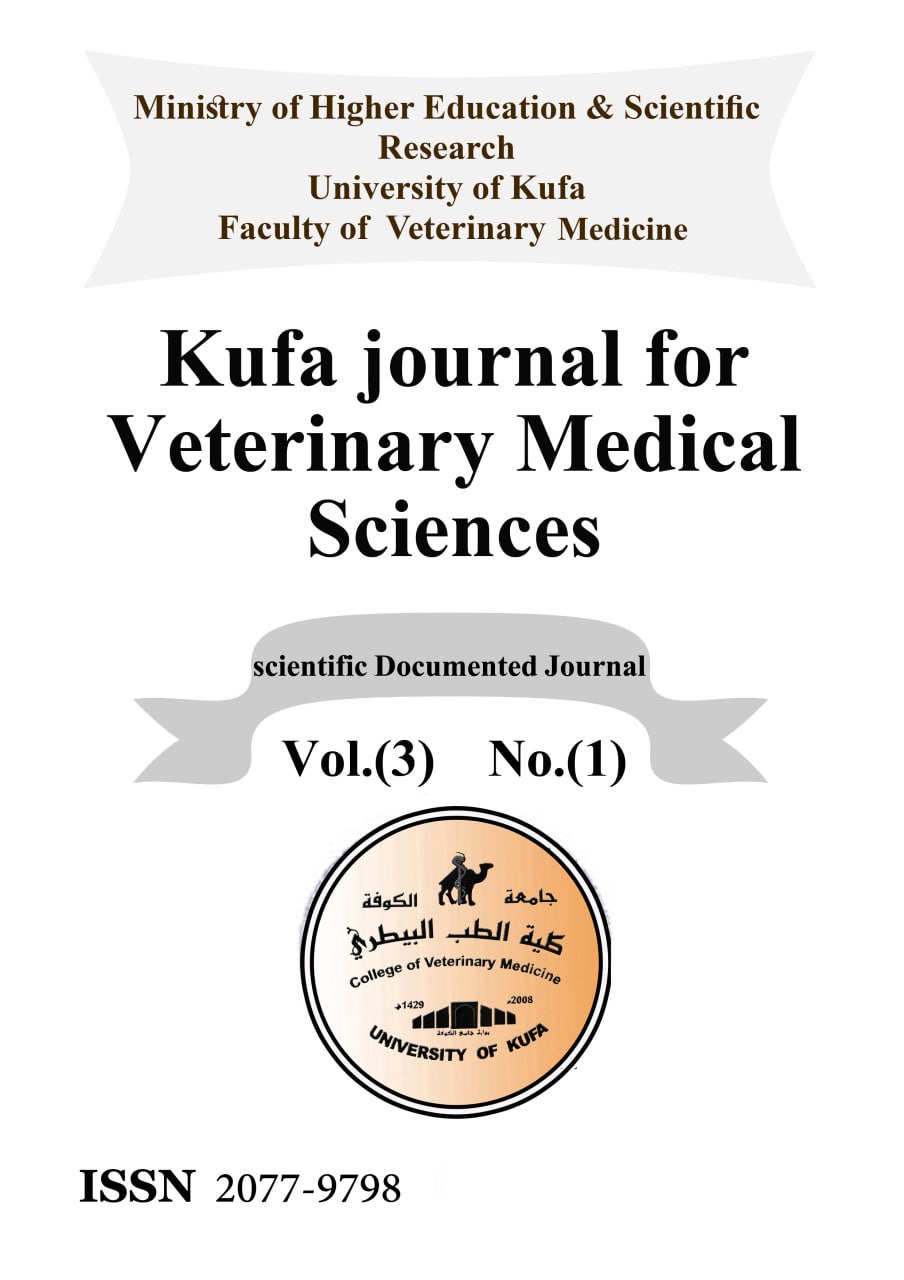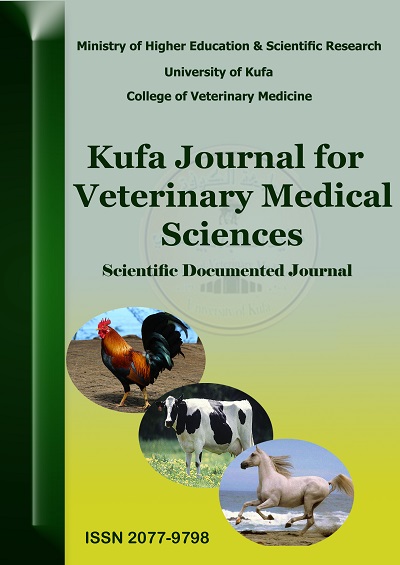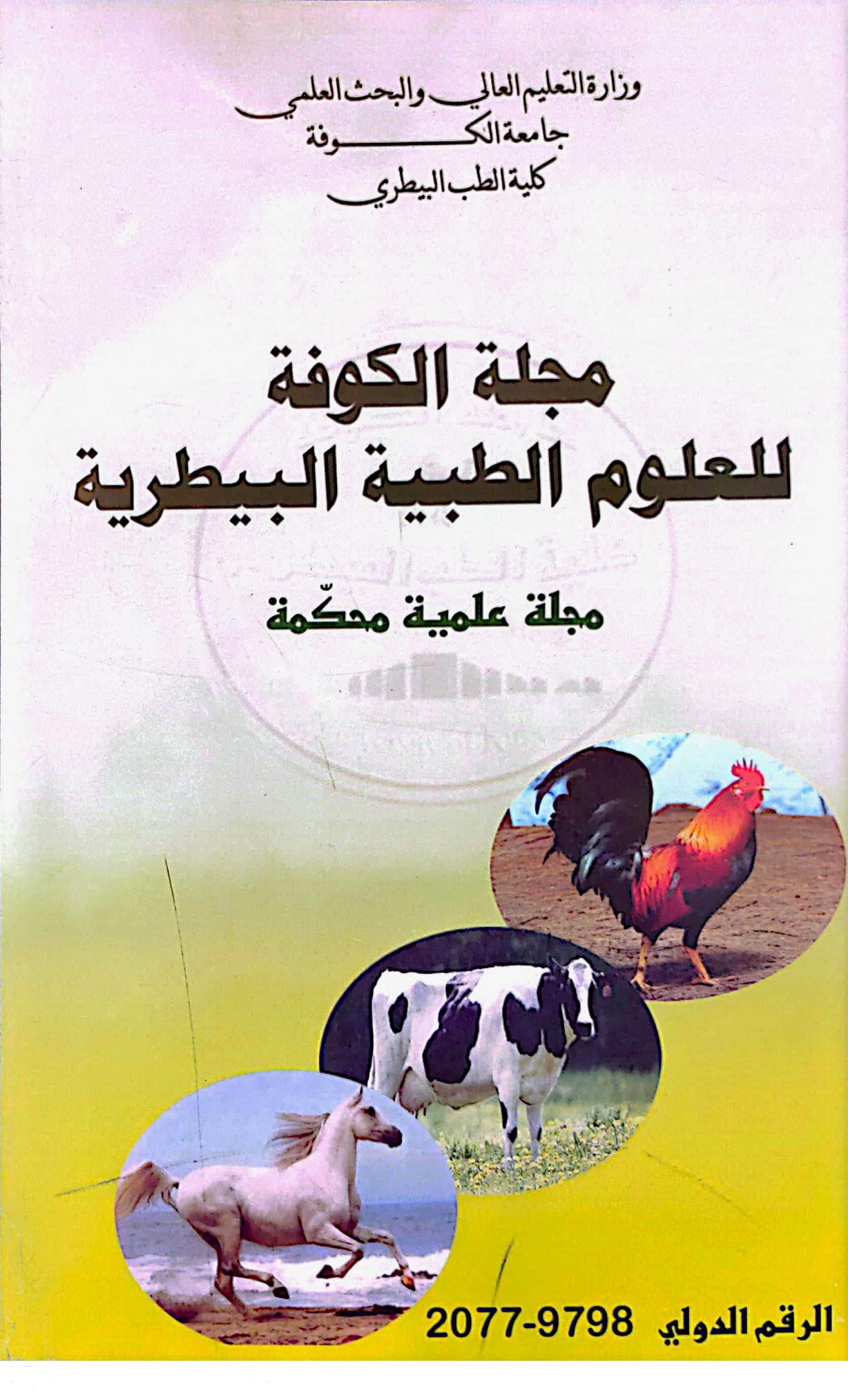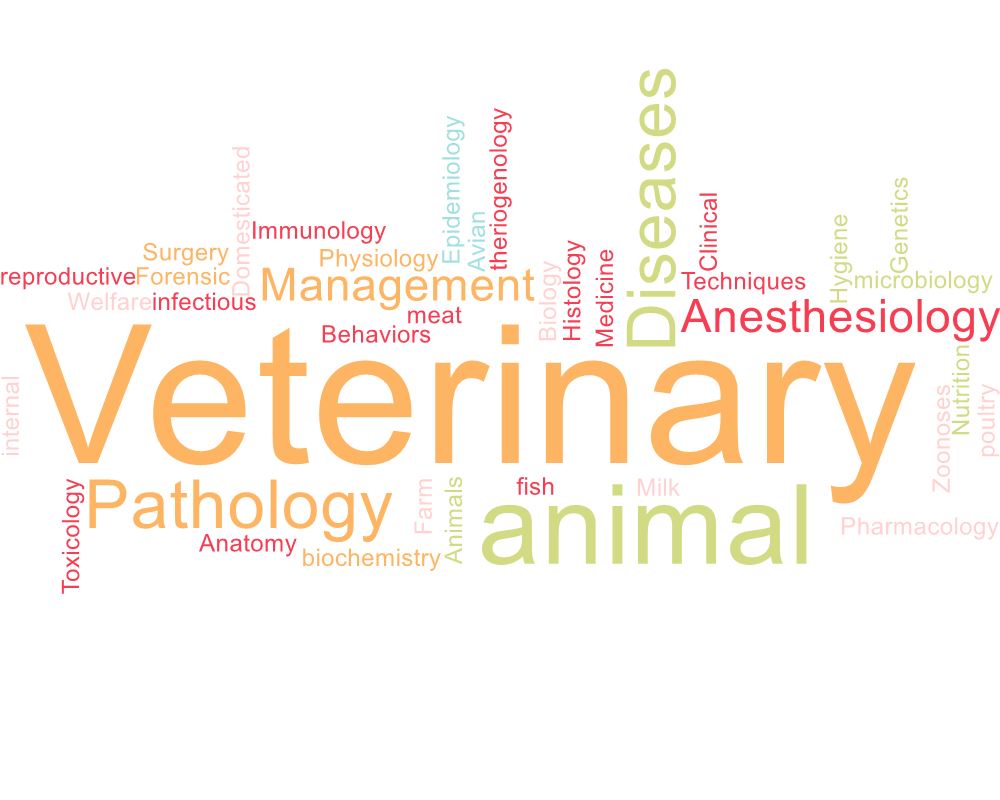Protective Effect of Arabic Gum on liver Injury Experimentally Induced by Gentamycin in Mice
DOI:
https://doi.org/10.36326/kjvs/2012/v3i14086Keywords:
Arabic gum, Biochemically, gentamycin, Histopathologically, MDAAbstract
This research was conducted to evaluate the effect of Arabic gum (Ag) on hepatotoxicity induced by gentamycin in mice.
Forty adult male Bulb/c mice were used. The animal were divided into four groups (Gs) each group 10 animals. G1 considered as control, G2 treated with gentamycin(40mg/kg/day) for 8 days (i.p.). G3 treated with Ag (10 gm/kg/day) for 8 days administrated orally. Then G4 treated with both gentamycin and Ag for 8 days.
Biochemically, the results showed a significant decrease in levels of serum ALT and AST in G4 as compared with G2 . Moreover, serum Glutathione (GSH) in G4 also elucidate a significant increasing in its level, as well as a significant decrease in levels of malondialdihyde (MDA). Histopathologically, liver sections of animals in G4 revealed an ameliorative effects of Ag as compared with its compatible tissue sections of G2. Liver of mice treated with Ag (G3) showed an apoptosis in hepatocytes.
In conclusion, treatment of hepatotoxicity by Arabic gum , showed melioration in histopathological changes in hepatic tissues in addition to have ability for induction of apoptosis and meliorating liver picture.
Downloads
Downloads
Published
How to Cite
Issue
Section
License
Copyright (c) 2023 E. R. Al-Kenanny, L. K. Al-Hayaly, A. G. Al-Badrany

This work is licensed under a Creative Commons Attribution 4.0 International License.













